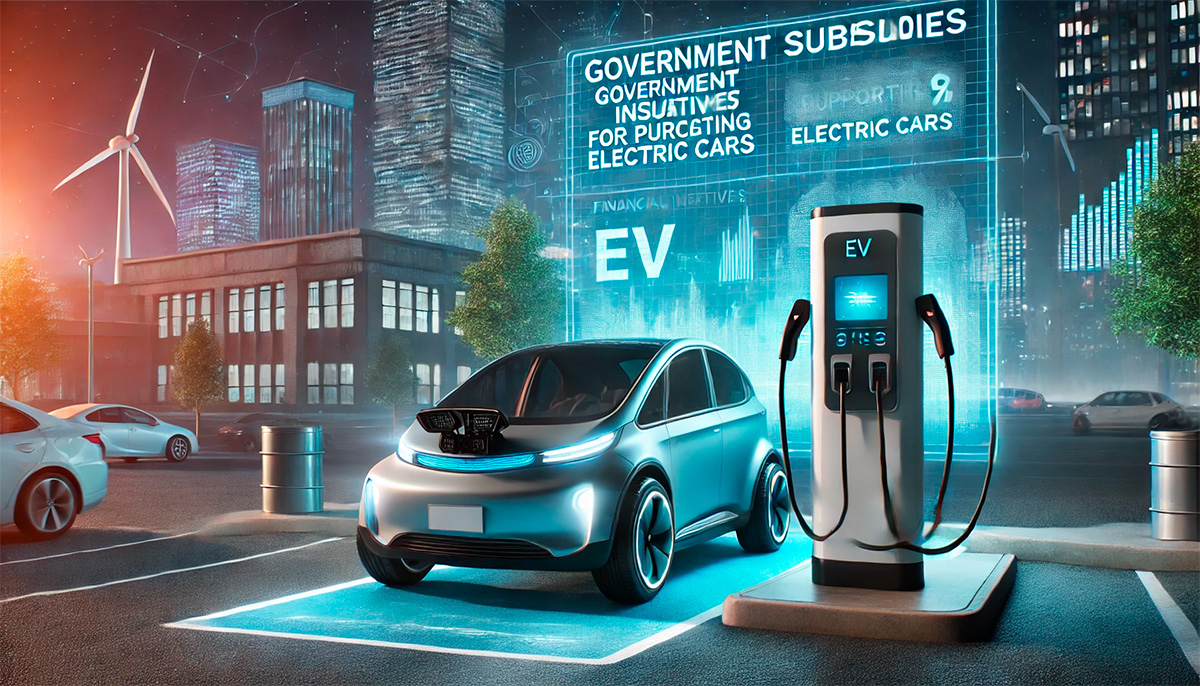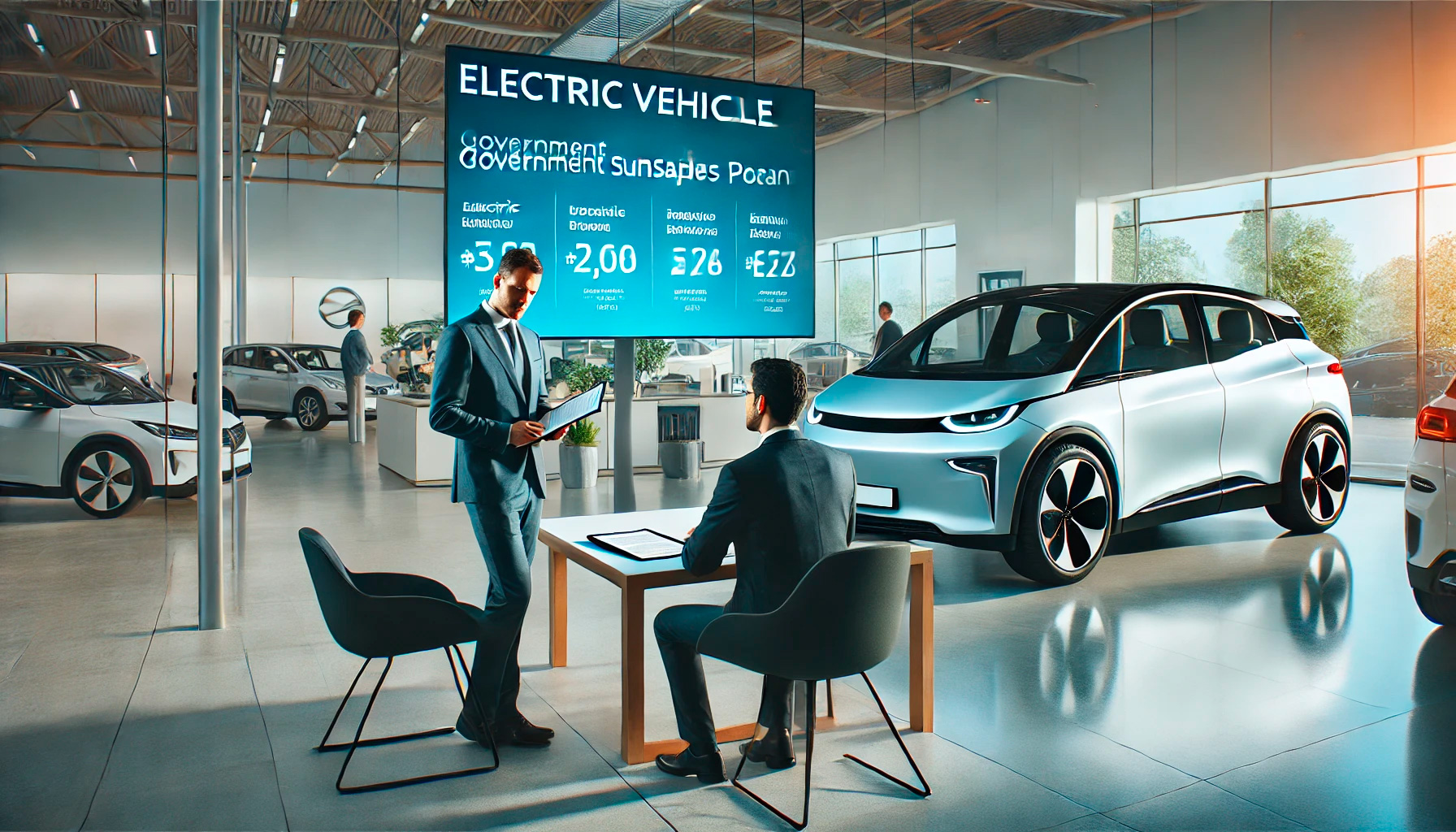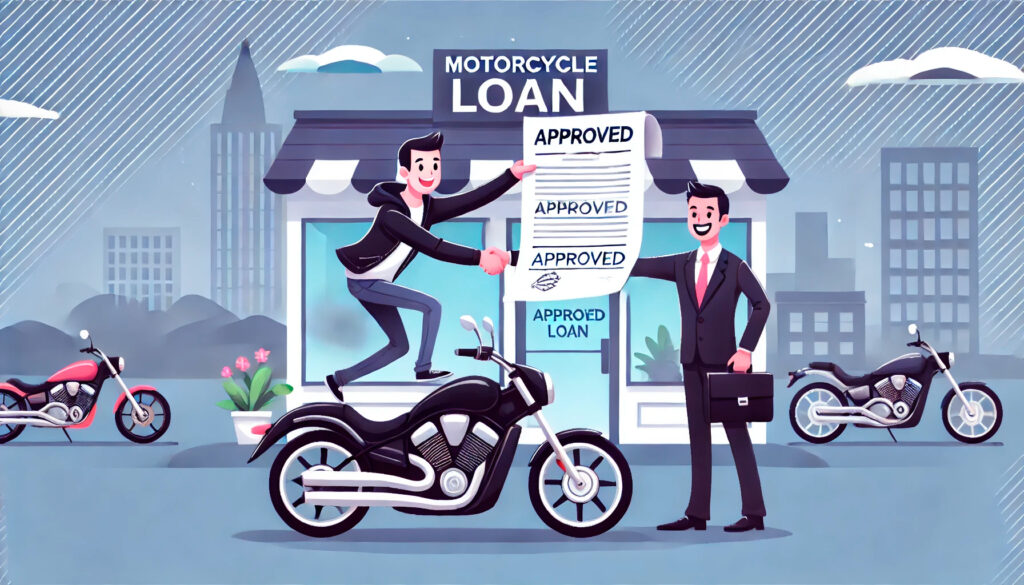In the ever-evolving landscape of modern transportation, electric vehicles (EVs) have emerged as a beacon of sustainability and innovation. As the world shifts towards greener alternatives, the demand for electric vehicles has surged. However, the transition from traditional gasoline-powered cars to electric ones is not just a matter of choice but also of affordability. This is where Electric Vehicle Loans: Features and Government Subsidies come into play, offering a financial bridge to a cleaner, more sustainable future.
The Rise of Electric Vehicles
The rise of electric vehicles is nothing short of a revolution. With advancements in technology, EVs have become more efficient, reliable, and accessible. Governments worldwide are pushing for a reduction in carbon emissions, and electric vehicles are at the forefront of this movement. However, the initial cost of purchasing an electric vehicle can be a significant barrier for many consumers. This is where electric vehicle loans and government subsidies step in, making the dream of owning an EV a reality for a broader audience.
Understanding Electric Vehicle Loans
Electric vehicle loans are specialized financial products designed to help consumers purchase electric vehicles. These loans come with unique features tailored to the needs of EV buyers. Unlike traditional auto loans, electric vehicle loans often offer lower interest rates, longer repayment periods, and other incentives to encourage the adoption of electric vehicles.
One of the key features of electric vehicle loans is their flexibility. Lenders understand that the cost of an electric vehicle can be higher than that of a conventional car, and they offer loan terms that reflect this reality. For instance, some lenders provide loans with repayment periods of up to seven years, allowing borrowers to spread out the cost over a more extended period.
Additionally, electric vehicle loans often come with lower interest rates compared to traditional auto loans. This is partly due to the government’s push for cleaner transportation and the recognition that electric vehicles are a long-term investment in sustainability. Lower interest rates make monthly payments more manageable, reducing the financial burden on borrowers.

Government Subsidies: A Catalyst for Change
Government subsidies play a crucial role in making electric vehicles more affordable. These subsidies come in various forms, including tax credits, rebates, and grants. The primary goal of these incentives is to reduce the upfront cost of purchasing an electric vehicle, making it a more attractive option for consumers.
Tax credits are one of the most common forms of government subsidies for electric vehicles. In many countries, buyers of electric vehicles can claim a tax credit that directly reduces the amount of tax they owe. This can result in significant savings, sometimes amounting to thousands of dollars. For example, in the United States, the federal government offers a tax credit of up to $7,500 for the purchase of a new electric vehicle.
Rebates are another form of government subsidy that can make electric vehicles more affordable. Unlike tax credits, rebates provide an immediate reduction in the purchase price of the vehicle. This means that buyers can benefit from the subsidy right at the point of sale, rather than waiting to claim it on their tax return.
Grants are also available in some regions, particularly for businesses and organizations looking to transition their fleets to electric vehicles. These grants can cover a portion of the purchase cost, making it easier for companies to invest in sustainable transportation solutions.
The Synergy Between Loans and Subsidies
The combination of electric vehicle loans and government subsidies creates a powerful synergy that makes electric vehicles more accessible to a wider audience. By reducing the upfront cost through subsidies and offering flexible loan terms, financial institutions and governments are working together to accelerate the adoption of electric vehicles.
For example, a consumer looking to purchase an electric vehicle priced at $40,000 might be eligible for a $7,500 tax credit. This reduces the effective cost of the vehicle to $32,500. If the consumer then takes out an electric vehicle loan with a low-interest rate and a seven-year repayment period, the monthly payments become much more manageable. This combination of subsidies and loans makes the transition to electric vehicles financially feasible for many households.
Challenges and Considerations
While electric vehicle loans and government subsidies offer significant benefits, there are also challenges and considerations that consumers should be aware of. One of the primary challenges is the availability of subsidies. In some regions, government incentives may be limited or subject to change, which can impact the overall affordability of electric vehicles.
Additionally, the terms and conditions of electric vehicle loans can vary widely between lenders. It’s essential for consumers to shop around and compare loan offers to find the best deal. Factors to consider include interest rates, repayment periods, and any additional fees or charges.
Another consideration is the total cost of ownership. While electric vehicles can save money on fuel and maintenance over time, the initial cost of purchasing an EV can still be higher than that of a conventional car. Consumers should carefully evaluate their financial situation and consider the long-term benefits of owning an electric vehicle before making a decision.
The Future of Electric Vehicle Financing
As the demand for electric vehicles continues to grow, the landscape of electric vehicle financing is likely to evolve. We can expect to see more innovative loan products and government incentives designed to make electric vehicles even more accessible. For instance, some financial institutions are already offering green loans, which are specifically designed for environmentally friendly purchases, including electric vehicles.
Moreover, as technology advances and the cost of electric vehicles decreases, the need for subsidies may diminish. However, in the meantime, government incentives will continue to play a crucial role in driving the adoption of electric vehicles.
Conclusion
Electric Vehicle Loans: Features and Government Subsidies are essential tools in the transition to a more sustainable future. By offering flexible loan terms and reducing the upfront cost of electric vehicles, these financial products and incentives make it easier for consumers to embrace cleaner transportation options. As the world continues to move towards a greener future, the synergy between electric vehicle loans and government subsidies will remain a cornerstone of this transformation.
In the end, the journey towards sustainable transportation is not just about technology; it’s also about making that technology accessible to everyone. With the right financial support, the dream of owning an electric vehicle can become a reality for countless individuals, paving the way for a cleaner, greener world.




